Japan raises nuclear alert level to seven Found it on Rense. Excerpts:
Japan is to raise the nuclear alert level at the Fukushima Daiichi power plant to a maximum seven, putting the emergency on a par with the 1986 Chernobyl disaster.
Nuclear safety officials had insisted they had no plans to raise the severity of the crisis from five – the same level as the Three Mile Island accident in 1979 – according to the international nuclear and radiological event scale.
But the government came under pressure to raise the level at the plant after Japan's nuclear safety commission estimated the amount of radioactive material released from its stricken reactors reached 10,000 terabecquerels per hour for several hours following the earthquake and tsunami that devastated the country's northeast coast on 11 March. That level of radiation constitutes a major accident, according to the INES scale.
The scale, devised by the international atomic energy agency, ranks nuclear and radiological accidents and incidents by their severity from one to seven.
Japan orders extra nuclear safety step as aftershocks jolt Excerpts:
Japan has ordered nuclear plant operators to put in place new safety measures by April 28 in addition to steps imposed late last month that are soon due for checks by authorities to confirm implementation, the trade ministry said, as another series of aftershocks on Monday jolted the eastern region.
There has so far been no serious damage reported at five nuclear plants in northeast Japan, including the crippled Fukushima Daiichi plant, as a result of Monday's magnitude-6.6 earthquake.
The ministry's Nuclear and Industrial Safety Agency (NISA) on Saturday ordered nuclear power companies to install at least two emergency diesel engines even at reactors that are not in operation and are kept at low temperatures, such as at the Higashidori plant.
All reactors, whether being operated or shut for maintenance or other reasons, need power to run their cooling functions for fuel rods located in pressure vessels and spent-fuel pools.
More Obstacles Slow Crews In Japan Nuclear Crisis Excerpts:
Emergency workers continue to run into problems at Japan's stricken nuclear complex. Workers are trying to remove the radioactive water from the tsunami-ravaged compound and restart the regular cooling systems for the dangerously hot fuel.
Officials still don't know where the radioactive water is coming from, though government spokesman Yukio Edano (YOO'-kee-oh EHD'-ah-noh) has said some is "almost certainly" seeping from a damaged reactor core in one of the units.
Explained: rad, rem, sieverts, becquerels A guide to terminology about radiation exposure
Chilling example of liquefaction's effect on reclaimed land.. under a portion of a megalopolis. Imagine walking around on land you knew was recently created where water once flowed, conscious of the hundreds of thousands of people around you, also unsure of what's next, walking on, near, and though untold tons of concrete, large, continuous cracks forming everywhere..
And you know for sure: The ground has begun to give.
Another earthquake strikes northeast Japan Excerpts:
Another powerful aftershock struck near Japan's crippled Fukushima nuclear plant on Tuesday afternoon, shaking buildings in Tokyo.
The US Geological Survey (USGS) said the quake, which struck at 2.47pm local time (1547 AEST), had a magnitude of 6.0 and hit less than 11 kilometres below ground.
Japan has experienced more than 400 major aftershocks stronger than 5.0 in magnitude since the 9.0 earthquake which unleashed a devastating tsunami on March 11.
One Month After Disaster, American Red Cross Donations To Japanese Red Cross To Reach $100 Million
Japan is to raise the nuclear alert level at the Fukushima Daiichi power plant to a maximum seven, putting the emergency on a par with the 1986 Chernobyl disaster.
Nuclear safety officials had insisted they had no plans to raise the severity of the crisis from five – the same level as the Three Mile Island accident in 1979 – according to the international nuclear and radiological event scale.
But the government came under pressure to raise the level at the plant after Japan's nuclear safety commission estimated the amount of radioactive material released from its stricken reactors reached 10,000 terabecquerels per hour for several hours following the earthquake and tsunami that devastated the country's northeast coast on 11 March. That level of radiation constitutes a major accident, according to the INES scale.
The scale, devised by the international atomic energy agency, ranks nuclear and radiological accidents and incidents by their severity from one to seven.
Japan orders extra nuclear safety step as aftershocks jolt Excerpts:
Japan has ordered nuclear plant operators to put in place new safety measures by April 28 in addition to steps imposed late last month that are soon due for checks by authorities to confirm implementation, the trade ministry said, as another series of aftershocks on Monday jolted the eastern region.
There has so far been no serious damage reported at five nuclear plants in northeast Japan, including the crippled Fukushima Daiichi plant, as a result of Monday's magnitude-6.6 earthquake.
The ministry's Nuclear and Industrial Safety Agency (NISA) on Saturday ordered nuclear power companies to install at least two emergency diesel engines even at reactors that are not in operation and are kept at low temperatures, such as at the Higashidori plant.
All reactors, whether being operated or shut for maintenance or other reasons, need power to run their cooling functions for fuel rods located in pressure vessels and spent-fuel pools.
More Obstacles Slow Crews In Japan Nuclear Crisis Excerpts:
Emergency workers continue to run into problems at Japan's stricken nuclear complex. Workers are trying to remove the radioactive water from the tsunami-ravaged compound and restart the regular cooling systems for the dangerously hot fuel.
Officials still don't know where the radioactive water is coming from, though government spokesman Yukio Edano (YOO'-kee-oh EHD'-ah-noh) has said some is "almost certainly" seeping from a damaged reactor core in one of the units.
Explained: rad, rem, sieverts, becquerels A guide to terminology about radiation exposure
Chilling example of liquefaction's effect on reclaimed land.. under a portion of a megalopolis. Imagine walking around on land you knew was recently created where water once flowed, conscious of the hundreds of thousands of people around you, also unsure of what's next, walking on, near, and though untold tons of concrete, large, continuous cracks forming everywhere..
And you know for sure: The ground has begun to give.
Another earthquake strikes northeast Japan Excerpts:
Another powerful aftershock struck near Japan's crippled Fukushima nuclear plant on Tuesday afternoon, shaking buildings in Tokyo.
The US Geological Survey (USGS) said the quake, which struck at 2.47pm local time (1547 AEST), had a magnitude of 6.0 and hit less than 11 kilometres below ground.
Japan has experienced more than 400 major aftershocks stronger than 5.0 in magnitude since the 9.0 earthquake which unleashed a devastating tsunami on March 11.
One Month After Disaster, American Red Cross Donations To Japanese Red Cross To Reach $100 Million










































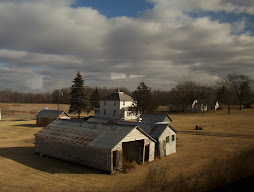


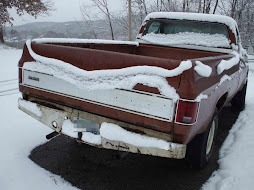

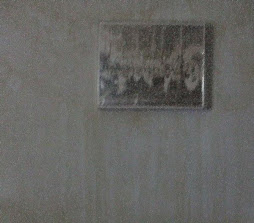






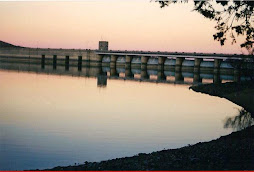







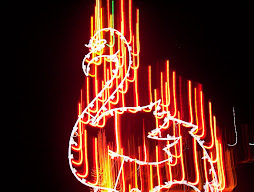




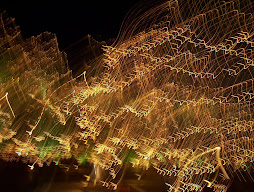

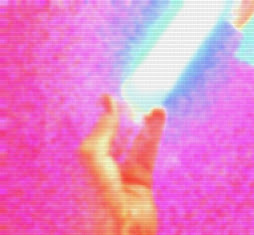
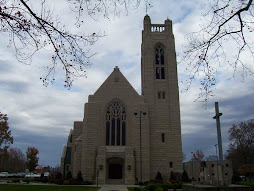









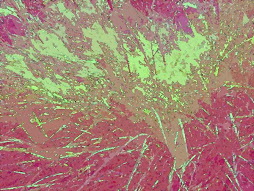
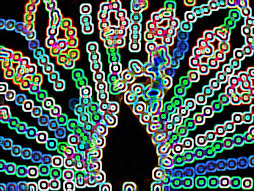









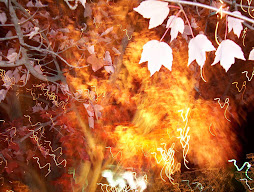









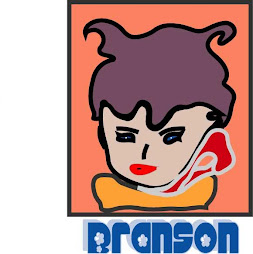



No comments:
Post a Comment